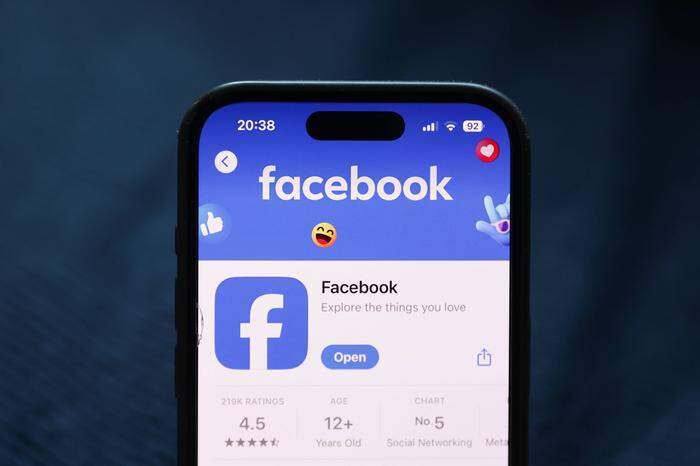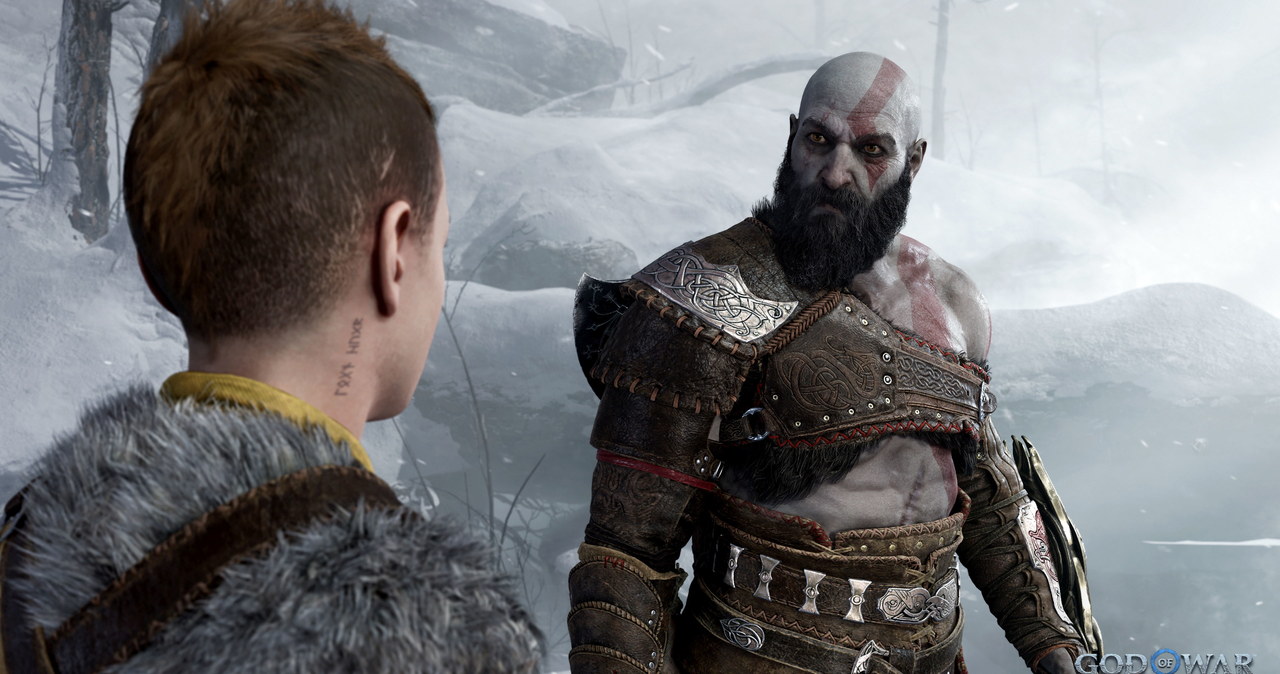“I hate Taylor Swift.” Given the cancelled Vienna concerts, an Austrian politician could have written this post. But it comes from Donald Trump and his Plattform Truth Social, which probably has barely five million users. The former and would-be president is the only one whose actions are noticed beyond the platform. Since X-owner Elon Musk has been courting him, the former Twitter banished has been using his Account with a following of 90 million followers.
The Austrian election campaign has neither reached these dimensions nor the depths of content. But from Karl Nehammer to Andreas Babler, the leading candidates have tried to be empathetic to the Swifties via social media. Just as they are now wrestling with the balance between campaign management and consideration of disasters. In addition to the staccato of television, digital platforms are their most important battleground. Because unlike in newspapers, where journalism always has the last word, on live TV and in social media the party leaders retain control – or sometimes lose it.
Donald J Trump’s profile on Truth Social © IMAGO/Avishek Das / SOPA Images
Fewer ads, but more advertising on social media
This shift is evident in the sparse volume of advertisements. While election campaigns were once a golden age for the paper advertising business – partly because the ORF is not allowed to advertise political parties – Facebook, Instagram & Co. are now profiting from it. For the aforementioned companies, parent company Meta has published a transparency report on political advertising. In the past 90 days, six-figure sums of euros were spent on the personal pages of Karl Nehammer (149,000) and Herbert Kickl (118,000) alone. Andreas Babler (74,000) also follows at a respectful distance. For Werner Kogler (14,500) and Beate Meinl-Reisinger (6500), the parties seem more stingy for the time being. But that is deceptive. They are pursuing different strategies. Neos (57,000) and Greens (50,000) spend significantly more on their organizational appearances. The KPÖ (27,000) is still clearly ahead of the big three in this respect. Dominik Wlazny and the Beer Party, on the other hand, do not pay anything to Facebook and Instagram.
But these sums are far from complete. Regional and local party organizations and other candidates fill the local branches of the global giants. X, YouTube and TikTok There is also no information about income from party advertising. This makes the appearances there seem all the more tangible. On X, the Chancellor and Vice Chancellor are engaged in a follower duel that is reminiscent of the Facebook rivalry between their predecessors Sebastian Kurz and Heinz-Christian Strache. But they each had 800,000 fans there until the Ibiza break, while Nehammer and Kogler are head to head on Twitter at just a tenth of that, while Kickl continues to avoid this platform. Because there, regardless of the right-wing ownership strategies from the USA, the center-left camp sets the tone in Austria. Babler in particular is recording increasingly persistent fans who angrily respond to criticism of him. In doing so, they are weaving the “the media is to blame” narrative as a precautionary measure for any disappointment on election night.

Herbert Kickl is particularly strong on Facebook © IMAGO/Jakub Porzycki
FPÖ goes its own way
The FPÖ in particular is increasingly decoupling from traditional media. Kickl has more followers on Facebook (285,000) than his four main opponents plus the Beer Party combined. He is only slightly ahead on Instagram (70,000), but on TikTok (85,000) he is in a different league than all of his competitors. Only Marco Pogo would be hot on his heels there, but Dominik Wlazny has not posted anything under this pseudonym since he wants to bring the Beer Party into the National Council under his real name. Meanwhile, the FPÖ maintains a successful party channel (67,000) on TikTok in parallel to its boss’s appearance, while it relies primarily on YouTube for older audiences in addition to Facebook. What its current 214,000 subscribers mean for FPÖ TV is best shown by a comparison with Germany, which has almost ten times the population. AfD TV has 282,000 subscribers.
All of this not only serves to promote politics that ignores public perception during the election campaign. Social media algorithms reward aggressiveness and convey self-affirmation. In the USA, this has already led to only a tenth of Republican supporters trusting traditional mass media.
In the news deserts, where such journalistic offerings no longer exist, parallel universes of disinformation are growing. Trump scored particularly well there in 2016. The fact that Barack Obama has 50 percent more X-followers, with 140 million, is little consolation. His most recent tweet there calls for people to register as voters. Postscript: “Let’s get it done.” This also applies to Austria – without any registration.
